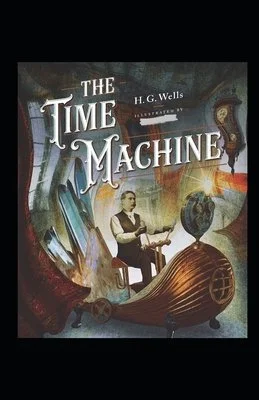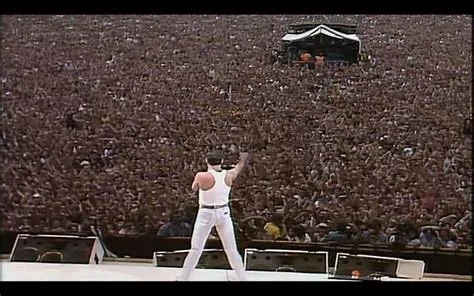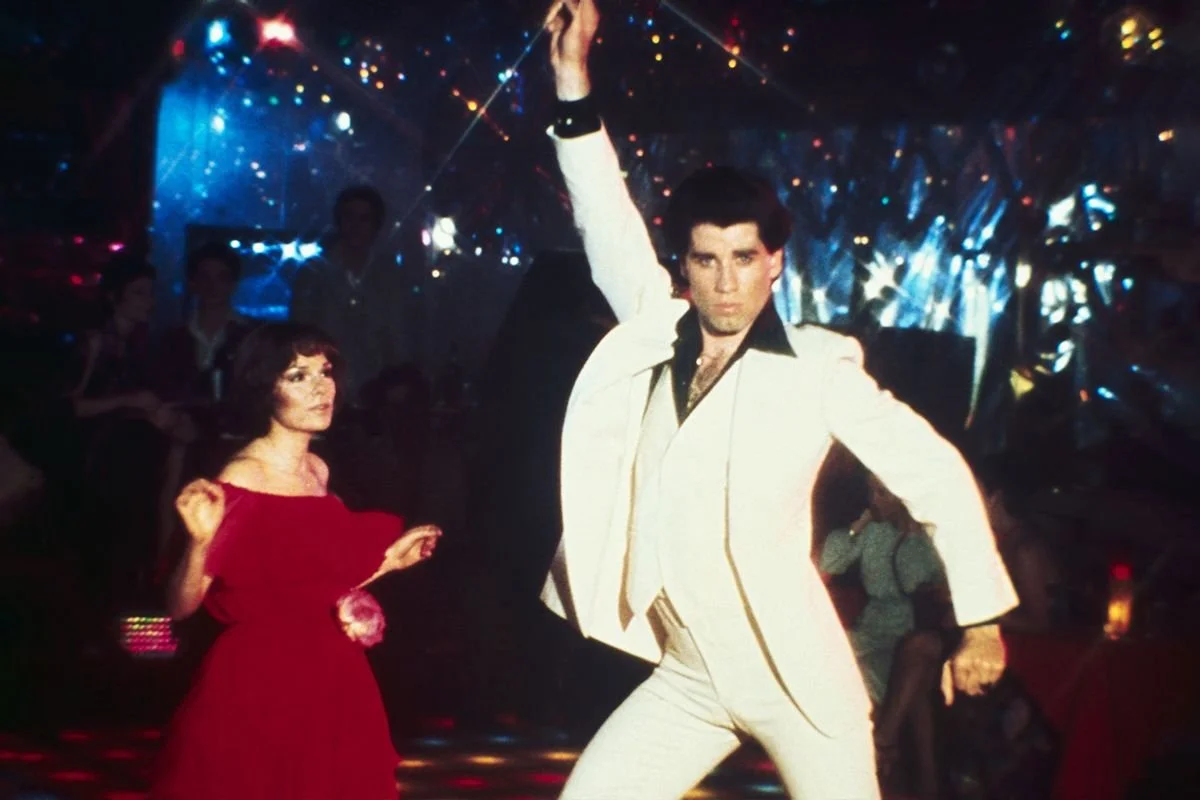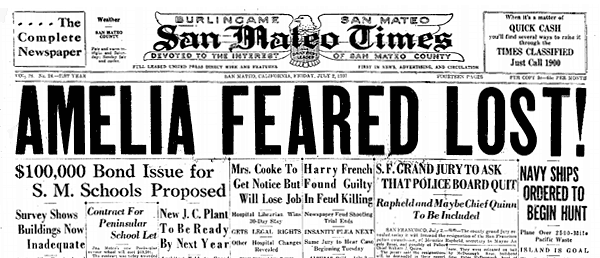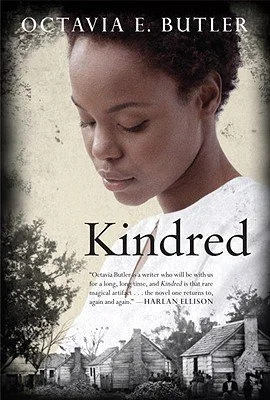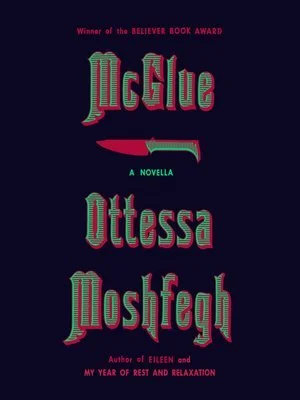WHAT’S REAL AND WHAT’S NOT
Writers have been sending characters back and forth in time since the 1880s. Though H.G. Wells’ The Time Machine sent an unnamed “Time Traveller” far into the future, most time trips have visited touchstones in history.
King Arthur’s Court (Mark Twain). The Civil War (Octavia Butler). Leonardo, Isaac Newton and other icons (Peabody and Sherman’s Wayback Machine.)
But when I faced the enormous “What If” behind TimeLiners, I wanted something different. Rather than another return to some epic event, couldn’t time tourists, with Rule #5 setting 1850 as the limit, visit timescapes lesser known? The question soon became. . .
What do most of us know of the recent past? Would the 1985 Live-Aid concert ring a bell (sure). How about 1970s disco (sort of.) The 1930 Hawley-Smoot Tariffs (no way). Tapping collective memory, that cabinet of curiosities growing more threadbare each year, I narrowed the past down to places in time that should seem familiar. Then came the surprises making readers wonder. . .
Just what events in TimeLiners are real and what events did I make up? The answers: Everything and nothing. The great fun of writing (and I hope, reading) TimeLiners comes in that wonderful word serendipity. It happened again and again. I’d pick, say, 1937 and a nostalgic ride on the old Santa Fe Super Chief. I figured nothing much happened that July but just to be sure, I checked Wikipedia.
Surprise! Amelia Earhart is lost! Surprise! In Kansas City, folks are still talking about a gangland shootout that tore through the train station. But the real shocker, totally missing from our memory cabinet, was the abduction of three girls out in L.A. where Rocky, Chapter Four’s nostalgic train buff, arrives. All real. All happened. History is stranger than fiction.
Likewise the newspaper clipping I found from 1927, where the Pioneers make that first trip.
SOUTH AMBOY, New Jersey— A posse of citizens and policemen of South River are searching the woods around Wolf Swamp for a “wild man” who rides in an automobile and who has been terrorizing young women and girls picking huckleberries. . .
You can’t make up stuff like this. You don’t need to when, after sending the romantic Leah back to 2002 to witness her first kisses, I discovered that the summer in question marked the debut of Norah Jones. Somehow I had forgotten my Momster playing “Come Away With Me” and Norah’s other bedroom tunes ALL the time. What a perfect sound track for “The Romantics.”
So. . . Could time flaneur Guy McKee have seen “Talking Heads” at CBGB in September 1975? Yep, I checked the schedule. Did he brush by Joey Ramone outside? Maybe not. Some artistic license is allowed. And did Einstein really speak in Cleveland, where he is finally caught in a selfie that wins the viral contest #wheresalbertnow? Yep, Halloween night 1950. Found it in an Einstein bio. Did Michael Jordan score 25 points in the April 1984 game witnessed by the Eighties Excellence Tour? God bless the Internet, at least when you know exactly what you’re looking for.
Why should any of this matter, you’re wondering. Why not send your precious protagonists back in time and be content to describe the clothes, the cars, and as Hemingway famously said, “how the weather was?”
I blame my cats, Octavia and Ottessa. Or rather, the writers for whom I named these little darlin’s. It was Octavia Butler, in Kindred, who taught me the importance of getting the timescape right. Her novel, which sends a young woman back into the clutches of slavery, makes that entire era come alive in all its horror.
Likewise, in McGlue, Ottessa Mosfegh spares no detail. She flat out plants the reader in the foul and fetid shipyards of 1851. True, neither Octavia nor Ottessa added local events culled from Wikipedia. That’s just my thing. I love Wikipedia. But each writer taught me how to capture ordinary time — not in Jim Croce’s bottle — but in prose. I thank both for that, and so do my cats.
So as you look out your TimeLiner window to see time sparkle, and you start to wonder whether that slice of the past you’re bound for really happened, now you know that it did. Footnotes available upon request.
